'That brick red frock with flowers everywhere': painting Katherine Mansfield
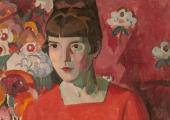

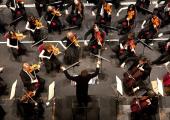
This is the 50th Vale of Glamorgan Festival, and as its founder and director, John Metcalf, reminded us in a brief post-interval speech, he has been at all of them.
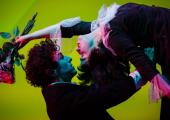
They say that behind every successful man is a strong woman. The Flying Lovers of Vitebsk is as much – if not more so – the championing of the unsung hero in this story of the famous early modernist artist, Marc Chagall. His wife, Bella – early muse, sharer of world views and buckets of milk and mother of their daughter Ida, is paid tribute to, for her devotion and dedication to her husband's art.
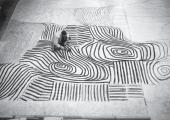
Back in the early Sixties Lucian Freud was living in Clarendon Crescent, a condemned row of houses in Paddington which were gradually being demolished around him. The neighbourhood was uncompromisingly working class and to his glee his neighbours included characters from the seamier side of the criminal world.
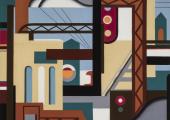
Hie thee to Oxford, for it is doubtful that we will see the like of this exhibition again this side of the Atlantic. American art of the 1920s and 1930s was once disregarded in its homeland in favour of Francophile superiority, and once it fell into critical and commercial favour it became too expensive to move around at the beckoning of would-be international hosts.
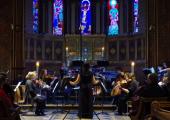
Ruthless Jabiru is an all-Australian chamber orchestra based in London. It is the brainchild of conductor Kelly Lovelady, who in recent years has geared the ensemble towards political and environmental concerns. Previous projects have highlighted environmental damage in central Australia and the campaign to end sponsorship by oil companies in the arts sector.
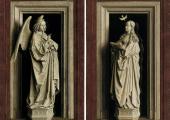
Might a painting ever achieve the veracity of a sculpture, a "real" object in space that we can walk around and view from every angle? Could the documentary quality of an engraving ever be equalled by a painting? And how could painting respond to photography – drawing with light – an invention that in the 19th century prompted a thorough reconsideration of painting’s purpose.
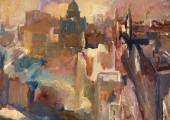
During his time at the Slade David Bomberg — the subject of a major new retrospective at Pallant House Gallery — was described as a "disturbing influence". The fifth son of Polish-Jewish parents who fled the pogroms, he grew up at the turn of the 20th century in the East End of London where neighbours lived on top of one another and space was scarce.
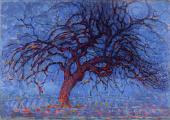
Standing inside the Gemeentemuseum’s life-size reconstruction of Mondrian’s Paris studio, the painter’s reputation as an austere recluse seems well-deserved.
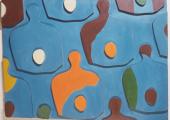
This summer the wonderful Kröller-Möller museum in Otterlo hosts the first major Dutch retrospective of the works of Hans (Jean) Arp since 1960 – an exhibition that will travel in a marginally smaller version to Margate’s Turner Contemporary later this year.